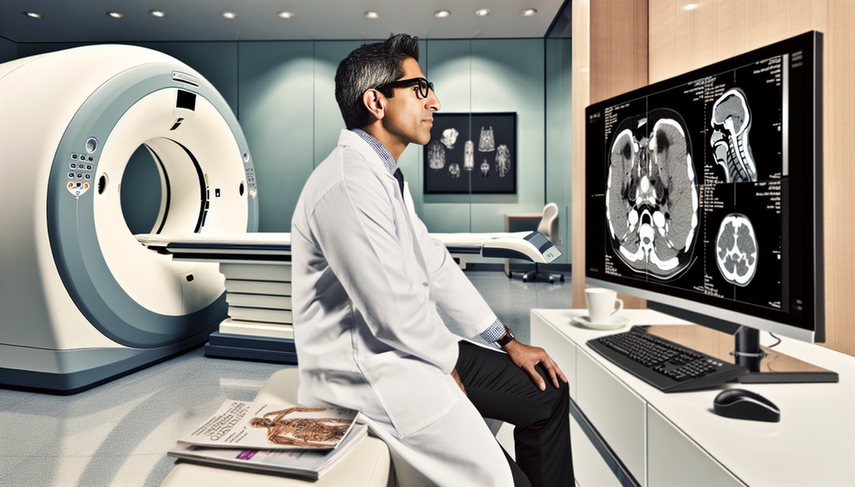Micro-CT and High-Resolution Tomography: Detailed Insights for Clinical Diagnosis

High-resolution tomography and micro-CT have revolutionized the field of clinical diagnosis, providing unprecedented insights into anatomical details. These advanced technologies enable physicians to obtain detailed images of internal structures, thereby enhancing diagnostic accuracy and the management of various pathologies. In this article, we will explore how these tools are transforming the clinical use of medical imaging.
Advances in Micro-CT and High-Resolution Tomography
Micro-CT has traditionally been used in preclinical studies, but its application in the clinical setting is on the rise. This technique allows for the acquisition of high-resolution three-dimensional images, comparable to microscopy, without the need for tissue dissection. For instance, in imaging of fetal and breast tissues, micro-CT has proven to be an invaluable tool for detailed internal evaluation that was not possible with conventional modalities such as magnetic resonance imaging or standard computed tomography.
On the other hand, high-resolution tomography has demonstrated its utility in procedures such as mechanical recanalization and stent implantation for chronic cerebral artery occlusions. This technique enhances the visualization of stent structures, facilitating the assessment of their deployment and potentially reducing complications.
Conclusions
Micro-CT and high-resolution tomography are redefining the landscape of clinical diagnosis by offering detailed images that enhance the understanding of diseases and the effectiveness of treatments. These technologies not only provide better visualization of anatomical structures but also allow for a more precise evaluation of pathological conditions, which is crucial for developing more effective treatment strategies.
In summary, the integration of these advanced techniques into daily clinical practice promises to significantly improve diagnostic accuracy and patient management, opening new possibilities in the field of medicine.
References
- [1] High-resolution computed tomography for clinical imaging of bone microarchitecture.
- [2] Early clinical applications for imaging at microscopic detail: microfocus computed tomography (micro-CT).
- [3] Clinical Study of High-Resolution C-Arm CT in Mechanical Recanalization and Stent Implantation for Chronic Cerebral Artery Occlusion.
Created 24/1/2025
